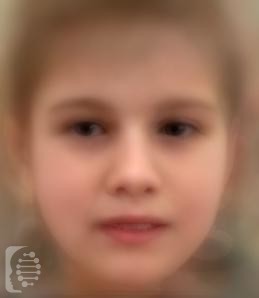What is Bosch-Boonstra-Schaaf Optic Atrophy syndrome (BBSOAS)?
Bosch-Boonstra-Schaaf Optic Atrophy syndrome is a genetic condition that affects the overall vision of an affected individual.
First identified in 2104, there are currently 50 cases recorded to date.
Intellectual disability, and unique facial features, as well as visual impairment, are common symptoms of the syndrome.
What gene change causes Bosch-Boonstra-Schaaf Optic Atrophic Syndrome (BBSOAS)?
Mutations in the NR2F1 gene on chromosome 5 are responsible for the syndrome. The condition is inherited in an autosomal dominant pattern.
In the case of autosomal dominant inheritance, just one parent is the carrier of the gene mutation, and they have a 50% chance of passing it onto each of their children. Syndromes inherited in an autosomal dominant inheritance are caused by just one copy of the gene mutation.
What are the main symptoms of Bosch-Boonstra-Schaaf Atrophy syndrome (BBSOAS)?
Intellectual disability, developmental delay, and decreased visual acuity (overall vision) are the main symptoms of the syndrome.
Unique facial features of the syndrome include protruding ears, a small and high nasal bridge, an upturned nose, epicanthal folds (folds that run from the eyelid into the corner of the eye) and tapered fingers.
Low muscle tone is another physical feature of the syndrome.
Possible clinical traits/features:
Visual field defect, Optic disc pallor, Nystagmus, Autosomal dominant inheritance, Visual impairment, Global developmental delay, Strabismus, Tapered finger, Intellectual disability.
How is it diagnosed?
To find out if someone has a diagnosis of Bosch-Boonstra-Schaaf Optic Atrophy syndrome (BBSOAS), it is important to have a consultation and evaluation with a clinical genetic specialist. Specialists may also suggest specific genetic testing or other types of tests to help reach a diagnosis. FDNA’s AI technology can help speed up the diagnostic process by analyzing facial features and other health information.

